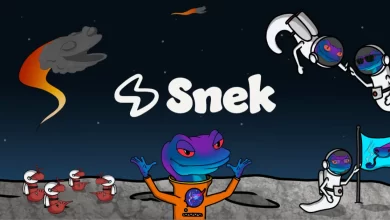Making PPLNS Work For Demand Response
Bitcoin mining has evolved significantly over the years, from the days of GPUs and makeshift setups in basements to the current era dominated by ASICs and enterprise-grade players. The landscape of mining has transformed, with grid services, curtailment strategies, and energy market participation becoming core strategies rather than edge cases. Amidst these advancements, a question that resonates among miners is whether PPLNS, a popular payout mechanism, can adapt to the changing demands of the industry.
Many miners, especially those involved in energy-related initiatives like Demand Response, have expressed concerns about PPLNS. They fear that this payout system penalizes downtime and rewards only uninterrupted hashrate, which can be detrimental for miners who frequently curtail machines to support the grid or engage in other services. This apprehension stems from the fallout between RIOT and Braiins Pool, where RIOT raised issues regarding payout mechanics, leading to a broader skepticism towards PPLNS.
The historical context of the Score payout system developed by Slush in 2011 sheds light on the intricacies of different payout methods. While Score aimed to address pool hopping by implementing a rolling window with exponential decay function, it was not designed to accommodate the complexities of modern mining environments, particularly those involving Demand Response activities. The departure of RIOT from Braiins further fueled the debate around payout mechanisms, ultimately casting a shadow on PPLNS.
In response to the evolving needs of miners and the industry as a whole, a new payout mechanism called SLICE has emerged as a viable alternative to PPLNS. Developed by the DMND team, SLICE is an open-source, Stratum-V2-ready system that reimagines how miners are paid, rewards are calculated, and downtime is handled. By structuring reward calculations around dynamic “slices” of work and incorporating features that prioritize fairness and transparency, SLICE aims to modernize the concept of payouts in decentralized mining environments.
One of the key advantages of SLICE is its ability to accommodate miners participating in Demand Response or curtailment programs without penalizing them for being offline. Unlike traditional payout systems that decay payouts during downtime, SLICE ensures that miners’ shares remain active in the payout window, allowing them to collect their fair share from blocks found after they resume operations. This feature makes SLICE compatible with modern energy strategies that require flexibility and adaptability.
Moreover, SLICE enhances payment transparency and auditability by providing miners with the ability to independently verify their share of the block reward. Each slice is fully auditable, minimizing the need for trust in the pool operator and empowering miners to challenge any discrepancies in payout calculations. This accountability mechanism adds an extra layer of security and reliability to the mining process.
Overall, the transition from Score to SLICE signifies a paradigm shift in the mining industry, where payout mechanisms are no longer defensive measures against bad actors but strategic tools that align with the evolving needs of miners. By embracing SLICE, miners can unlock new revenue opportunities, enhance transparency and auditability, and seamlessly integrate with grid services. In a world where fairness is paramount and uptime is optional, SLICE emerges as a strategic advantage for miners seeking to maximize their earnings and adapt to the changing landscape of Bitcoin mining.



